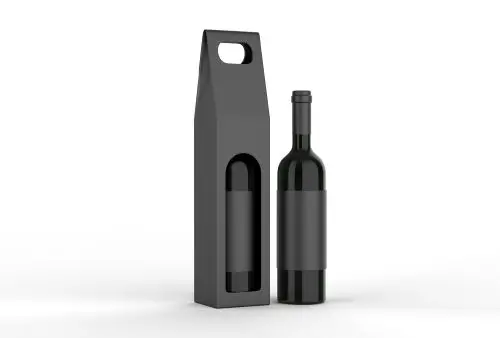My last blog on dressing wine bottles with wire netting has got me thinking. The shape and colour of a wine bottle used to tell you a lot about the wine’s identity – just think of the slender green bottles from Alsace, the sloping shoulders of the Burgundy bottle and the high straight sides of Bordeaux bottles. Identity is big business when it comes to marketing your brand and we’ve seen wines packaged in test tubes, cans and cardboard. Fashions come and go and identities change with the times – the Chianti fiasco being a case in point.
What fiasco am I talking about you may ask? I’m not referring to an Italian debacle but the old straw basket that Chianti used to come in which is called a fiasco. People of my generation will remember these bottles gracing the red and white chequered tablecloths of Italian restaurants – they were so popular we even sought them out to use as candle holders!
The basket was made out of straw, sun bleached reeds or raffia and held the traditional round shaped bottle in a safe cocoon. The fiasco dates back to the 14th century and it was not restricted to Italy alone – you can still find demijohns covered in wicker work around the Mediterranean and even today bottles of liqueurs and spirits can sometimes be found with raffia sleeves.
The fiasco’s home is in Tuscany but over time Italian producers switched to Bordeaux shaped bottles and you don’t see top flight Italian wines in fiascos any more – which seems a shame given how iconic they used to be. If anything they are reserved for table wine or souvenirs.
How the fiasco acquired its association with a debacle is an interesting story. The word fiasco originally meant flask in Medieval Latin and fiasco came to mean bottle in Italian down the years. Around the 19th century fiasco took on a second meaning linked to the Italian theatre: a flop or an embarrassing mistake. In the letters which the famous Italian composer Rossini (1792 – 1868) wrote to his mother at Bologna, he used to draw a fiasco to depict whether the opera he had written was a failure or not.
Whether this association stemmed from the fact that the round shaped bottles were easy to spill is anyone’s guess but oddly enough the long-dead French idiom faire une bouteille means to make a mistake. Bouteille, being French for bottle, I wonder if it has anything to do with the difficulties of glass blowing bottles by hand? I suppose we’ll never know but I do think the demise of the fiasco is a pity.

